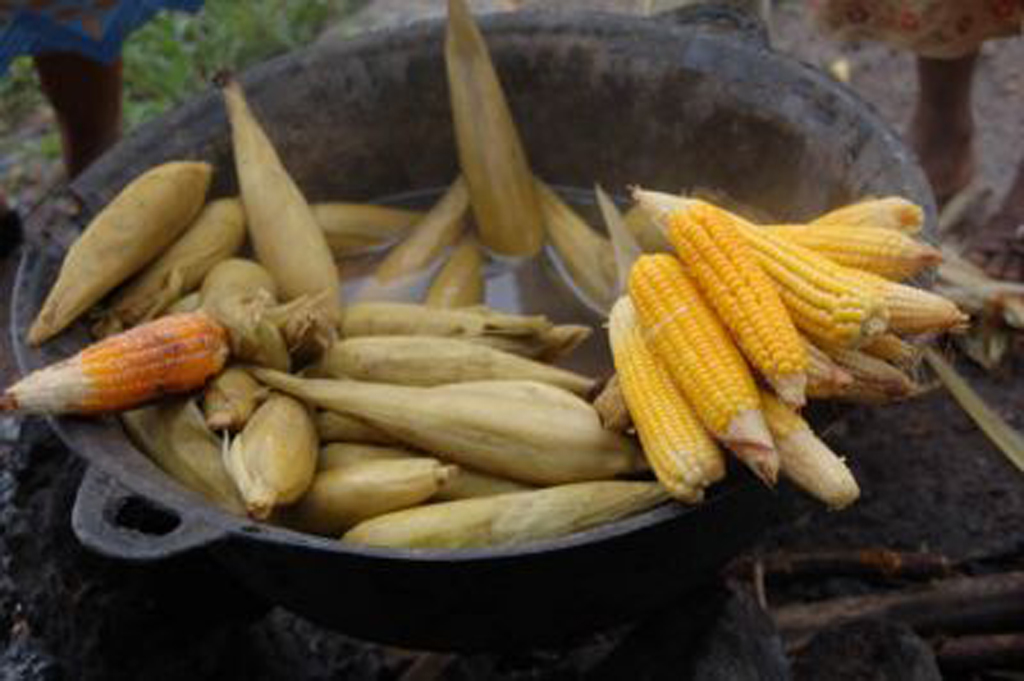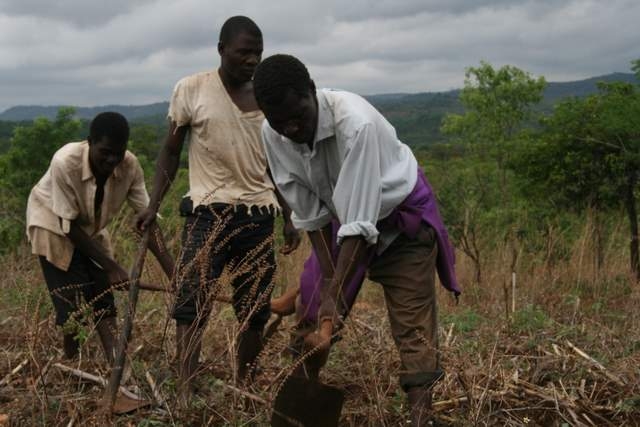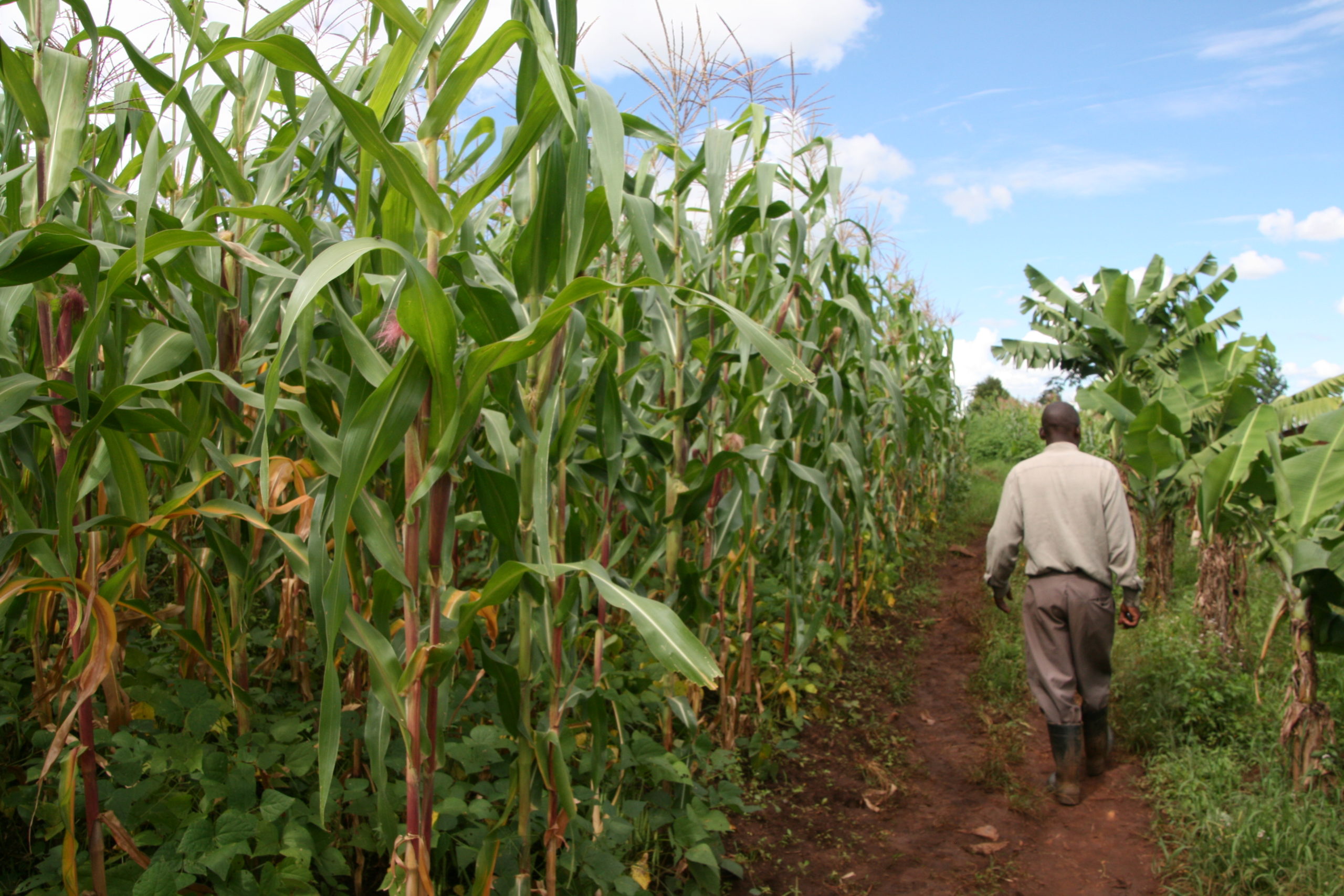
PARI Policy Brief No. 10: Innovations to Overcome Increasingly Complex Problems of Hunger
Alternative Pathways towards Food Security.
PARI research focuses on identifying and scaling promising agricultural innovations for agricultural growth and food security in Africa and India.

Alternative Pathways towards Food Security.

This paper discusses the key components of the technical and institutional innovations developed to address this food and nutrition security concern in Zambia using locally bred varieties registered with the Seed Control and Certification Institute (SCCI).

This study looks in to pattern of agricultural mechanization along the entire value chain (production, post-harvest, processing, transport and storage) and compares it with the annual average agricultural output over the same time period.

This study identifies key factors that might spur increased adoption, including education, secure land rights, and access to institutional support services in CA.

The study analyzes the current state of Agricultural Technical and Vocational Education and Training (ATVET) in Africa and presents its challenges and opportunities.

This brief compiles analyses of the current state of the agri-food sector, related policies and existing agricultural innovations in twelve African countries.

Results from a crop simulation model to inform policy and research

This paper presents the experiences and outcomes of applying contests to elicit farmer-generated innovations and to reward outstanding farmer innovators in selected districts in Ethiopia, Kenya, Malawi and Zambia

Given that the agriculture sector remains the most important economic sector in the region, policies that support its development and increase the human capacities of rural youth can significantly improve employment opportunities and quality.

The dossiers provide background information on the innovation environment, most relevant value chains and related innovations, and collaboration opportunities for 12 African countries with Green Innovation Centres.

This policy brief analyses which governance challenges must be addressed to make mechanization economically, socially and environmentally sustainable.

The crop model SIMPLACE was used in this study and it was tested against FAO statistics to evaluate the model performance under the current management conditions with traditional cultivars and average nitrogen application rates.